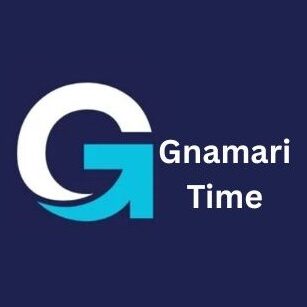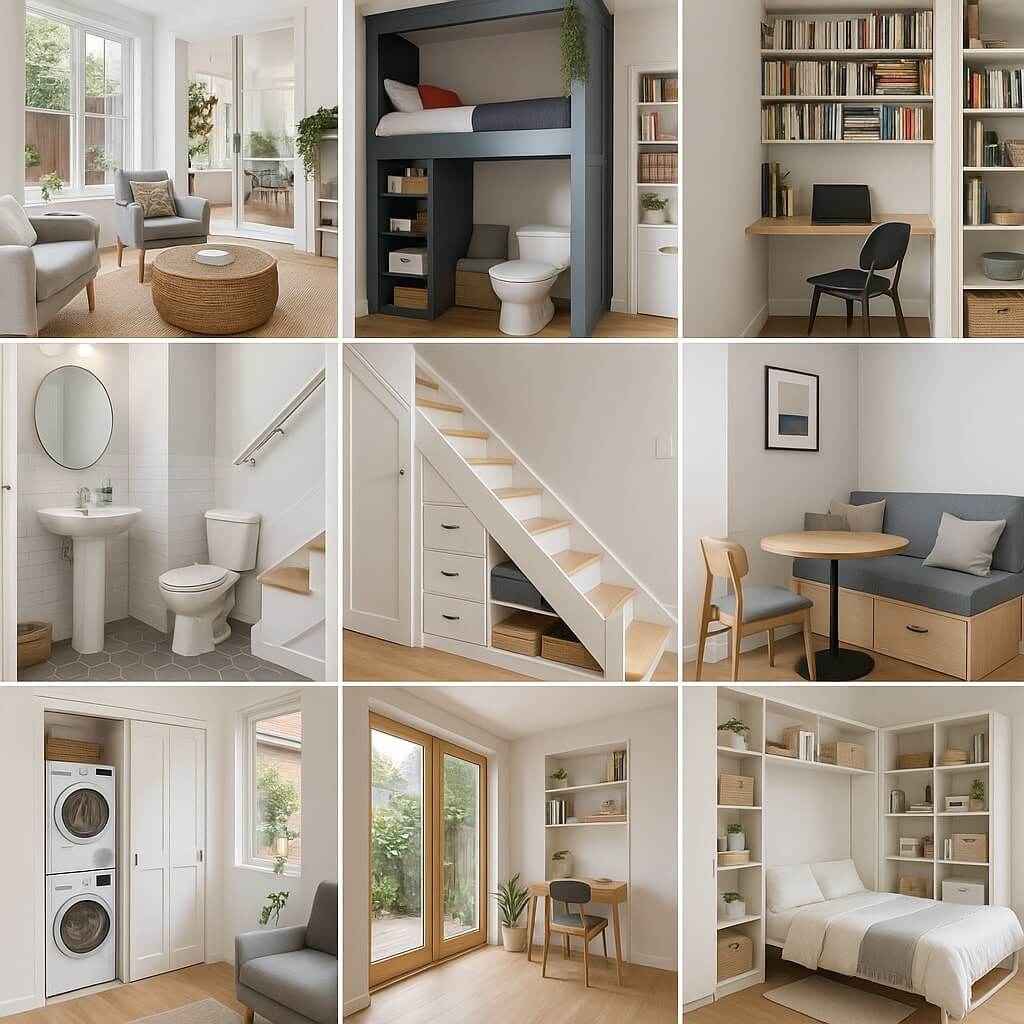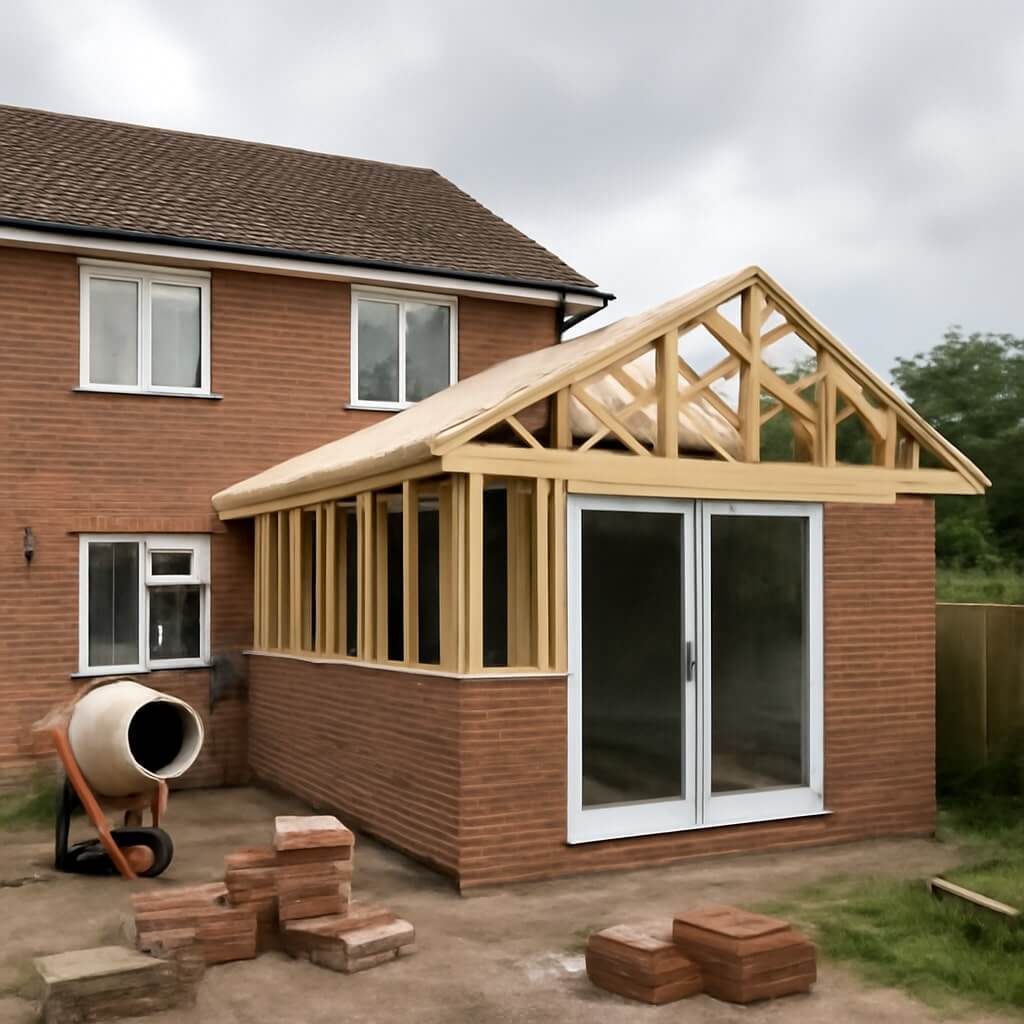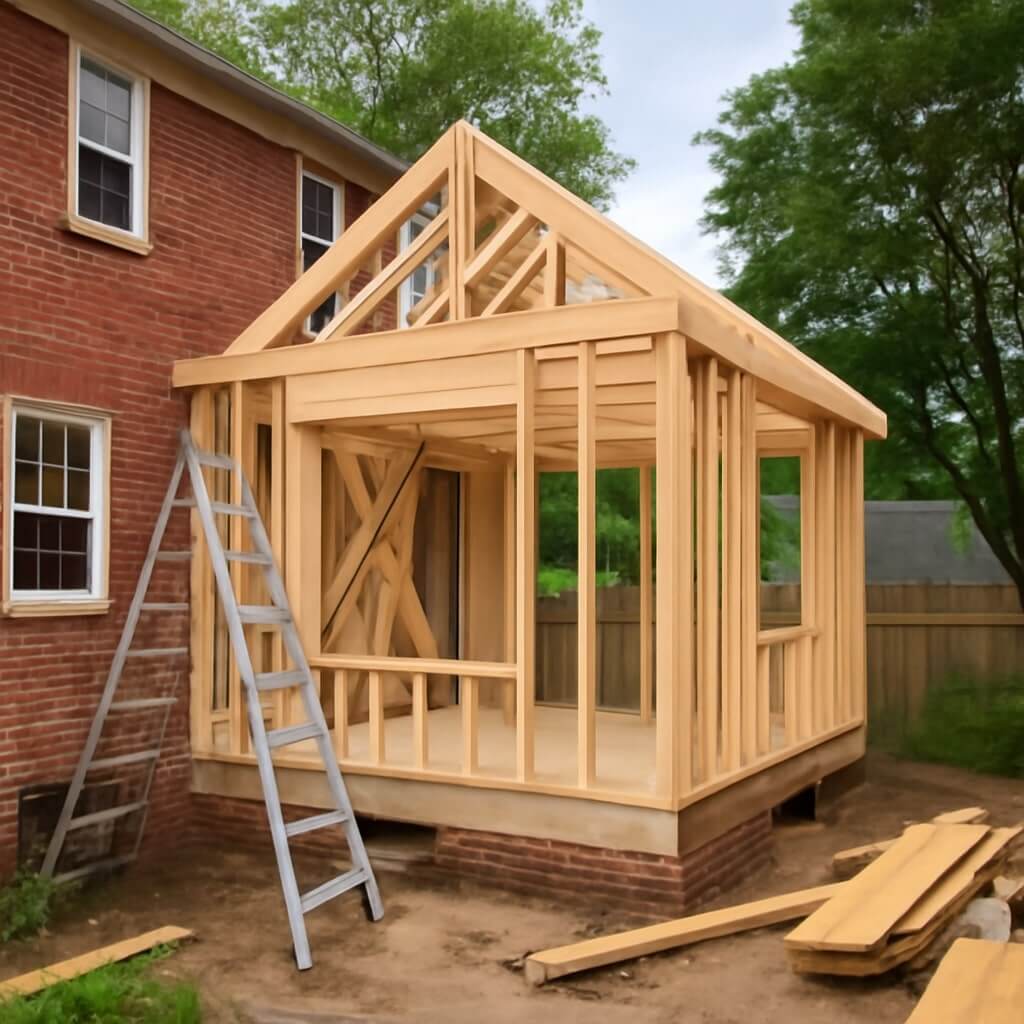When considering a modular home addition, it’s essential to evaluate various cost factors that can greatly impact your budget. From site preparation and foundation requirements to labor costs and material selection, each element plays an important role in the overall expense. Additionally, unexpected expenses can arise, making a contingency budget essential. Understanding these considerations will help you make informed decisions, but there’s more to explore about how each factor influences your project’s success.
Key Takeaways
- Evaluate site access and prepare for potential costs related to road improvements or excavation for soil stability.
- Factor in permitting fees, zoning compliance, and necessary inspections to avoid unexpected expenses.
- Obtain multiple contractor quotes to compare labor and material costs, ensuring alignment with your budget.
- Select durable, energy-efficient materials that enhance long-term savings and overall home value.
- Plan for personalized additions and landscaping, as they can significantly impact aesthetics and increase property value.
Site Preparation Costs
Before you can begin your modular home addition, you need to evaluate the essential site preparation costs.
Evaluating site access is imperative; if your property lacks proper entry points for construction vehicles, you’ll incur additional costs for road improvements or alternative routes.
Next, consider ground stability. A geotechnical evaluation might reveal whether soil compaction or excavation is necessary to prevent future structural issues.
These evaluations can greatly impact your budget. For example, stabilizing unstable soil could range from $1,000 to $5,000, while improving site access may add another $2,000 to $10,000.
Accurate estimates will help you plan effectively.
Permitting and Zoning Fees
When planning your modular home addition, managing permitting and zoning fees is crucial, as these costs can greatly influence your overall budget.
Understanding local zoning regulations is essential to avoid unexpected expenses. Here are four key considerations:
- Permit Application Fees: These vary by jurisdiction and can range from $50 to several hundred dollars.
- Zoning Compliance Costs: You may need to hire a consultant to guarantee your plans meet local codes.
- Impact Fees: Some areas charge fees based on your addition’s potential impact on local infrastructure.
- Inspection Fees: Budget for multiple inspections throughout the process to avoid delays.
Foundation Requirements
Understanding the foundation requirements for your modular home addition is critical, as they directly affect both structural integrity and overall project costs.
Different foundation types—such as slab, crawl space, or basement—require varied investment levels and labor. Conducting a thorough soil assessment is essential to determine the load-bearing capacity and drainage characteristics of your site.
This assessment informs your choice of foundation type, ensuring it meets local building codes and environmental conditions. Ignoring these factors can lead to costly repairs and project delays.
Hence, prioritize accurate evaluations to optimize your foundation strategy and budget effectively.
Material Selection and Quality
When selecting materials for your modular home addition, consider factors like durability and longevity, which directly impact long-term costs.
Energy efficiency options can reduce utility bills, while aesthetic appeal choices enhance your home’s value and marketability.
Analyzing these aspects carefully guarantees you make informed decisions that align with your budget and lifestyle.
Durability and Longevity
Although you may be tempted to prioritize cost over quality, selecting durable materials for your modular home addition is essential for ensuring long-term performance and value.
Consider the following factors that influence material durability and lifespan expectations:
- Weather Resistance: Materials should withstand local climate conditions.
- Maintenance Requirements: Opt for low-maintenance options to reduce future costs.
- Structural Integrity: Choose materials that support long-term stability.
- Sustainability: Select eco-friendly materials to enhance longevity while minimizing environmental impact.
Investing in high-quality materials now can save you money and hassle in the long run, ensuring your addition stands the test of time.
Energy Efficiency Options
Selecting energy-efficient materials for your modular home addition can greatly reduce long-term energy costs and enhance comfort.
Consider implementing insulation upgrades to minimize heat loss, and incorporate solar panels to harness renewable resources. Energy-efficient appliances can further lower utility bills, while passive design optimizes natural light and ventilation.
Smart technology allows for real-time energy monitoring, ensuring efficient resource use. Use green materials that meet sustainability standards to reduce your environmental impact.
Conducting energy audits will provide insights into your current usage, helping you make informed decisions on enhancements. Investing in these options pays off through substantial savings and improved living conditions.
Aesthetic Appeal Choices
How do you guarantee your modular home addition not only meets functional needs but also enhances visual appeal? The right aesthetic choices are essential.
Consider these elements:
- Color Palette: Choose complementary colors that blend with your existing home.
- Design Styles: Identify a cohesive style, whether modern, rustic, or traditional.
- Material Selection: Opt for high-quality materials that withstand wear while looking good.
- Finishing Touches: Incorporate architectural details like trim or siding to elevate the overall look.
These decisions not only maximize your addition’s beauty but also reflect your personal taste, ensuring lasting satisfaction.
Labor Costs and Contractor Fees
Labor costs and contractor fees play a significant role in the overall budget for your modular home addition.
In today’s labor market, wages can fluctuate based on demand and availability, impacting your project’s cost. It’s essential to conduct thorough contractor negotiations to secure competitive rates without compromising quality.
Research local averages for labor costs and factor in potential overtime or specialized skills, which can increase fees. Be sure to obtain multiple quotes to compare and evaluate the best options.
Research local labor cost averages and gather multiple quotes to ensure competitive pricing for your modular home addition.
Understanding these dynamics allows you to make informed decisions, ensuring your budget aligns with your vision for the addition.
Utilities and Infrastructure Adjustments
When planning your modular home addition, you’ll need to take into account utility connections and potential upgrades.
A thorough infrastructure capacity assessment will help you determine if your current systems can handle the added load.
Addressing these adjustments early can prevent costly delays and guarantee a smooth integration into your existing setup.
Utility Connections and Upgrades
Although planning a modular home addition can be exciting, the necessity for utility connections and upgrades often presents a significant financial consideration.
Here are four key factors to keep in mind:
- Connection Fees: These can vary widely based on your local utility providers.
- Utility Upgrades: Older systems may need modifications to handle increased demand.
- Permitting Costs: Don’t forget about the permits required for utility work.
- Labor Costs: Skilled labor for installations can add to your budget.
Understanding these elements will help you navigate the potential financial impact of your modular home addition effectively.
Infrastructure Capacity Assessment
Once you’ve accounted for utility connections and upgrades, evaluating the existing infrastructure capacity becomes essential for the success of your modular home addition.
You need to assess the infrastructure load to determine if your current utilities can support the increased demand. Look closely at your water supply systems, electrical service, and sewage disposal capacity.
If utility capacity falls short, you might face additional costs for upgrades or replacements. Gathering data on existing usage patterns and potential future needs will enable you to make informed decisions, ensuring your new addition integrates seamlessly without straining your current infrastructure.
Interior Finishing and Customization
How can you guarantee that your modular home addition reflects your personal style while remaining within budget? Focus on strategic interior finishing and customization.
Here are four key elements to evaluate:
Evaluate these four key elements for a personalized and budget-friendly modular home addition.
- Custom Design Elements: Choose features like built-in shelving or unique light fixtures that enhance your space.
- Interior Color Schemes: Select colors that create the mood you desire, ensuring cohesion with existing areas.
- Material Choices: Opt for cost-effective yet stylish materials, such as laminate or engineered wood.
- Furniture Selection: Invest in versatile furniture that complements your design while maximizing functionality.
These choices can help you achieve a personalized yet budget-friendly addition.
Landscaping and Exterior Work
As you plan your modular home addition, investing in landscaping and exterior work is essential for enhancing curb appeal and overall property value.
The right landscaping designs can greatly impact your home’s aesthetic, with studies showing well-designed landscapes can increase property values by up to 15%.
Consider using durable exterior materials like stone or fiber cement siding, which not only improve appearance but also provide long-lasting performance.
Analyzing local climate and soil conditions can guide your plant selections, ensuring they thrive and require minimal maintenance.
Allocate a budget for these enhancements, as they yield substantial returns on your investment.
Contingency Budget for Unexpected Expenses
While planning your modular home addition, it’s essential to allocate a contingency budget for unexpected expenses that may arise during construction.
Unexpected costs can derail even the best budget planning. Here are four common areas where you might need extra funds:
- Site Preparation: Unforeseen ground conditions may require additional excavation.
- Permitting Issues: Delays or additional requirements can add fees.
- Material Price Fluctuations: Supply chain changes can increase material costs.
- Labor Shortages: Hiring skilled labor may cost more than anticipated.
Long-term Maintenance and Upkeep Costs
When you plan a modular home addition, consider the ongoing costs associated with routine maintenance and energy efficiency.
Regular upkeep, including inspections and repairs, can add up over time, influencing your overall budget.
Additionally, energy-efficient upgrades may require an initial investment but can lead to significant savings in utility bills, making them a critical factor in your long-term financial strategy.
Routine Maintenance Expenses
Routine maintenance expenses are essential for ensuring the longevity and functionality of your modular home addition.
Regular upkeep can prevent costly repairs down the line. Here are four key areas to focus on:
- Routine Inspections: Regularly check for structural integrity and wear.
- Seasonal Maintenance: Prepare for weather changes by servicing HVAC systems and sealing windows.
- Exterior Care: Clean and maintain siding, roofing, and gutters to prevent damage.
- Landscaping: Keep vegetation trimmed to avoid moisture issues and pest infestations.
Energy Efficiency Considerations
Energy efficiency in your modular home addition not only enhances comfort but also greatly impacts long-term maintenance and upkeep costs. Investing in solar panel installation and energy-efficient appliances can lead to significant savings over time. Consider the following table that outlines potential savings:
| Item | Initial Cost | Annual Savings |
|---|---|---|
| Solar Panel Installation | $15,000 | $1,800 |
| Energy-Efficient Fridge | $1,200 | $200 |
| Insulation Upgrade | $2,500 | $300 |
| LED Lighting | $500 | $100 |
| Smart Thermostat | $250 | $120 |
These upgrades reduce energy usage, ultimately lowering maintenance costs.
Conclusion
Incorporating a modular home addition involves several cost considerations that can greatly impact your budget. By carefully evaluating site preparation, permits, foundation requirements, and material choices, you can make informed decisions. Don’t overlook labor costs, customization, and landscaping, as these elements enhance both functionality and aesthetics. Finally, always set aside a contingency budget for unexpected expenses and consider long-term maintenance costs to guarantee your investment remains valuable over time. Your thorough planning can lead to a successful addition.




